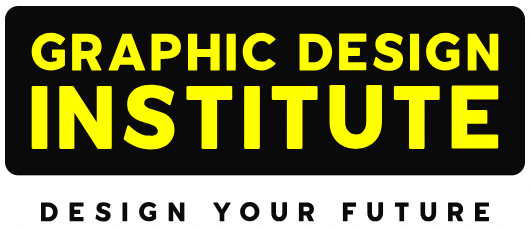
So far we have discussed about Graphic Design, its elements and principles in detail, page lay- outing tips and so on. However even after getting knowledge about these topics, designers specially beginners are not aware about the basic layouting terminologies. So here it is. The following article deals with the popular page layouting terms used in profession of graphic designing.
Commonly Used page Layouting Terms

Alley
Refers to space between columns within a page. Not to be misunderstood with the gutter, which is the mix of the inside margins of two confronting pages.
Banner

The title of a periodical, which emerges on the cover page of the magazine and on the very first page of the pamphlet or newsletter. It comprises the publication name and serial information, date, volume, number. Bleed: when the image is printed to the very edge of the page.

Block Quote
Block quote refers to a long quotation (four or more lines) inside body text, which is set apart so as to clearly distinguish the author’s words from the words that author is citing.

Body or Body Copy
Also known as typesetting, body essentially refers to the main text of your work. However it doesn’t include headlines.

Boost
Picture boost (generally front page) image advancing a characteristic or story in later pages.

Strap Boost
It’s much similar like boost, however with a strap-line and not with a picture.

Byline
Byline refers to the journalists name generally at the beginning of a story.

Callout
An informative label used for an illustration, usually drawn with a leader line indicating to a part illustration.

Centre of Visual Interest (CVI)
CVI refers to the eye-catching item on a page generally a headline, graphic or a picture.

Column Gutter
Column gutter refers to the space between columns of type.

Copy
Copy refers to the main text of a page or piece of work.

Cross Head
Cross head refers to a couple of words, generally used to break up considerable amount of text. Normally it’s taken from the main text and widely used in interviews.

Cutlines
Cutlines referred to as explanatory statements that give information about the illustrations. They are also known as captions or legends.

Flush Left
Copy aligned along the left margin

Flush Right
Copy aligned along the right margin.

Justify
It refers to the arrangement of text along an edge or both edges. This is achieved by modifying the spacing between the characters and words as necessary so that each line of text finishes at the same point.

Negative Space
Negative Space or white space refers to the page area without text, image and other elements.

Recto/Verso
Recto refers to the right-hand page of an open book or a manuscript.
While Verso refers to the left-hand page of an open book or a manuscript.

Rivers
A river is a typographic term for the appalling white gaps that can happen in justified sections of type, when there is a lot of space between words on simultaneous lines of text. Rivers are common in precise columns of text, where the font size is generally larger. A frequent overlooked technique of evading rivers is the careful utilization of hyphenation and avocation settings in page layout projects like InDesign and QuarkXpress.

Splash
Splash refers to the main front page of the document or story.

Strapline
It is similar to the subhead or standfirst, however utilized more as a marketing term.

Talkie Headline
It refers to a quote from a person in the article used as a headline.

Widow
Window refers to the last line of the paragraph showing on the very first line of a column of text.

Wob
Wob usually refers to the white text on the black background or colored background.


Comments are closed.